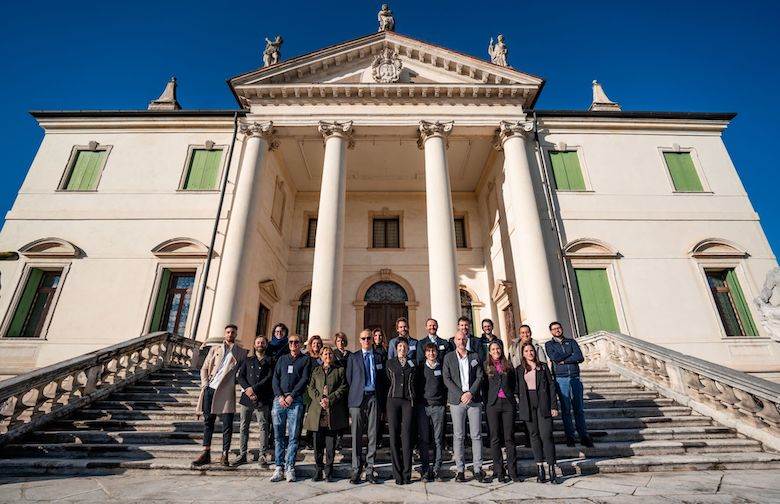Project partners see zero-waste tanning in near future

Specialist automotive leather manufacturer Conceria Pasubio and leather chemicals group GSC have brought to a successful conclusion a project to develop new metal-free tanning technology.
Working together as part of a wider project called LIFE, which secured funding from the European Commission to support green innovation of the leather supply chain, the two partners have called their project GOAST (Green Organic Agents for Sustainable Tanneries).
They presented the results at an event in Montecchio Maggiore in the province of Vicenza at the start of December. Representatives of automotive brands were guests at the event, and the project partners set out to show these companies that leather’s existing credentials as a sustainable material option for car interiors can be further enhanced by the use of the new tanning agents.
One of the benefits of GOAST, they said, is that almost all shavings can be recovered from the tanning process and put to good use in other industrial sectors, helping to improve the sustainability and circularity of the leather sector. Working with the department of molecular sciences and nanosystems at Ca’ Foscari University in Venice, they have already identified potential applications for this material.
GSC developed a new range of tanning agents based on organic polymers. These were then tested by Conceria Pasubio. They also worked with utility provider Medio Chiampo to simulate the impact the new tanning system will have on water supply.
The partners have said the technology has also had positive evaluation from companies in the leathergoods and footwear industries.
At the event in Montecchio Maggiore, GSC director Claudio Bortolati said: “The research has been exciting, and the results have given us proof that it is possible to create an efficient tanning process, resulting in leathers with the characteristics sought after by the market and an improvement in environmental sustainability.”
He said there were clear signs that, in the not-too-distant future, it will be possible to set up leather manufacturing in such a way that nothing deriving from it will be wasted. Instead, everything will be reused in other sectors, including agriculture and construction.











